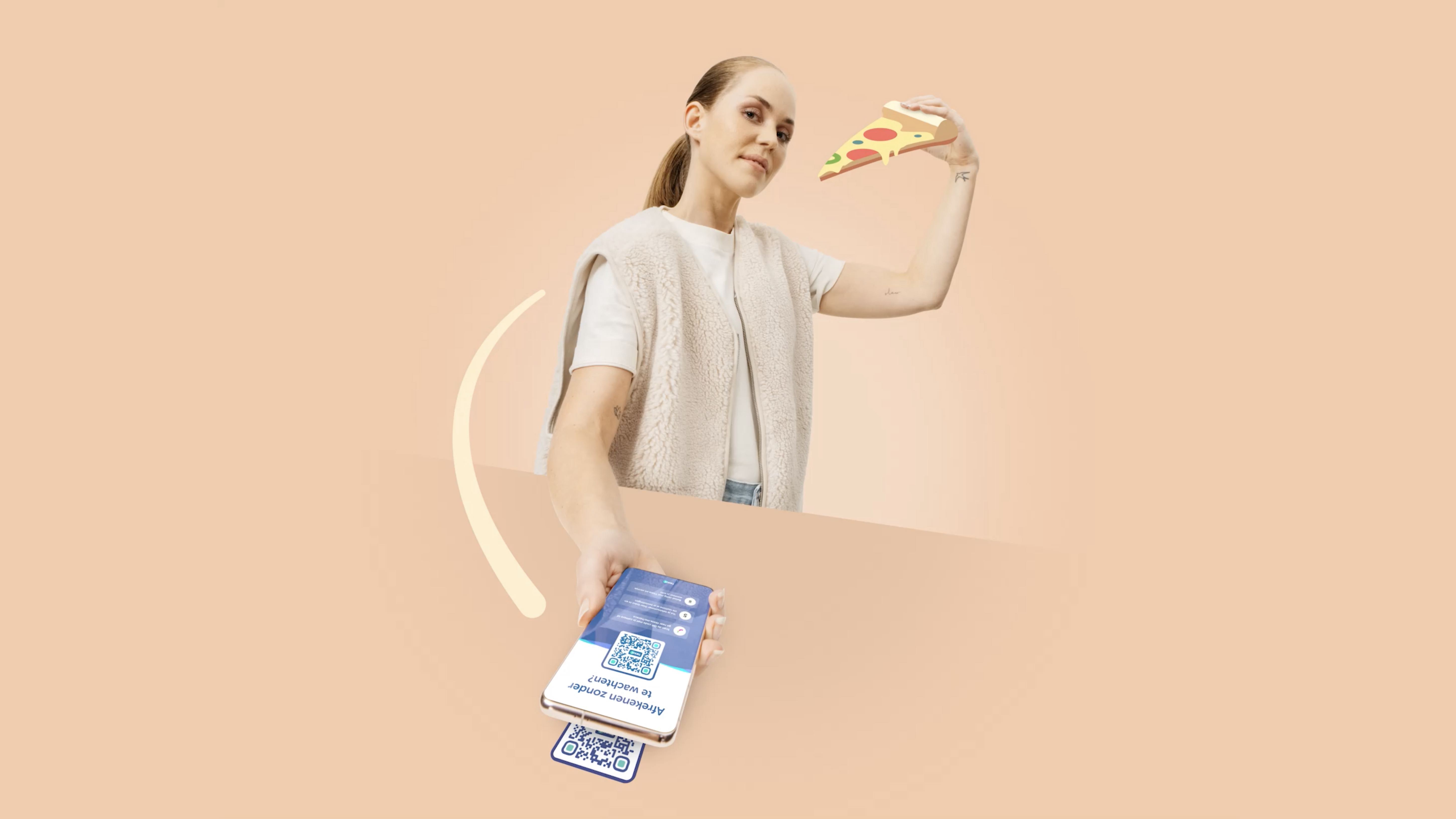
Summary
Without a doubt the biggest fintech success story in the Netherlands, with an unexpected rapid growth to roughly 8 million users. Tikkie is a mobile-first payment platform used to send and receive money. After a viral start however, arose the main challenge of not having a (solid) revenue model, as Tikkie was still dependant on the funds of its parent company (ABN AMRO bank). In the meanwhile, the userbase shifted from a mainly Gen-Z audience to a strongly diversified group of users, each with their own needs and expectations. So, how do you build a revenue model afterwards without compromising user value and without disrupting the ease of a single-purpose App? In this role, I lead the product discovery team working closely with Leadership, continuously validating propositions with experiments and customer interviews until proven to have the right problem-solution fit.

Steps taken
- Framing how-might-we's
- Porter's five forces analysis
- Continuous interviews (semi-structured)
- Continuous quantifying experiments
- Multiple Design sprints
- Implementation within SCRUM-team
- Design hand-over
Key insights
Based on the five forces analyis, customer carrousels and surveys there were some interesting take aways. As to the 'customer carrousel', this might not be a known term: it's a series in my calendar used to repeatedly invite at least 3 or 4 (different) participants on a monthly or bi-weekly basis. This to learn and fail as fast as possible and bring back iterated output into my conversations. In the case of the Tikkie proposition as presented below I did a total of 28 interviews. After that, quantifying the answers with a survey. All together brought forward the following key insights (for both entities):
- 👥 - Getting money back from companies s*cks!$#
- 👥 - Willingnesss to try, but not to pay.
- 👥 - No existing source for new deals.
- 🏢 - 'Advertising is a chore not a joy'.
- 🏢 - Challenged in physical stores
In my talks I noticed a dominant pain point (outside of Tikkie): the as-is journey of a cashback campaign - no matter the brand, takes a lot of effort and frustrates to the point of defeat. It's a scattered journey of on- and offline steps filling in forms to get back the promised financial incentive after a product purchase.
'Why would I pay to te be a guinea pig?' Consumers do have a willingness to try the new and enjoy the feeling of 'feeling lucky'. But most of the time it just does not make sense to try something at cost of one's existing budget.
This doesn't go for the diversified group as a whole - but there is a clear segment of consumers thriving on being an early adopter and actively searching for new products, services and good deals. Currently there is no single source of truth to find them, making it annoying manual labour.
While definitely being proud of successful and creative content of campaigns - advertisting remains a mean not a goal. Brands are therefor very much open for new and different ways to reach target audiences.
It doesn't matter what product segment, most brands are still highly challenged in gaining proper attention amongst competitors in physical stores.

Delivered proposition
Daily financial incentives (cashbacks) for consumers with the recognizable ease of the existing Tikkie feature set.
Despite it being a form of plain product placement, we keep the end-users first at all costs and the paying brands always come in second in terms of who the product is for. We do this by providing cashbacks on a user pull and never on a push basis. It is important however to connect the three entities (consumers, brands and Tikkie) with a gain for all, and a loss for none. In this proposition, brands provide deals for (new) products they wish to broadcast to a very large audience - which leads to brand engagement and an increase of sales. Customers on the other hand, don't ever get advertisements pushed but can always choose go to the deals page. Some of the guiding principles:
- Cashbacks are unconditional;
- Instant payout (big USP in the region);
- Severe curation by a dedicated Tikkie team;
- Screen estate not for sale - no ad's;
- End-users first, brands second.


Identified risks
- No KYC (yet) means less relevant deals;
- Easy to adopt by other substitutes with an equally large user base.
- Current increment is limited, consumers expect more on a functional level;

In conclusion
An exciting project at a well-known startup progressing to an extensive scale up. While having access to a lot of resources within the ABN AMRO ecosystem, there were quite some organizational challenges as well. During my time at Tikkie, I focused on different design improvements (e.g. taking navigation from hamburger to bottom nav) and explored many other propositions with the team. These other concepts and propositions however, are restricted by strict NDA’s. Within the bank they logically like to keep these validated propositions on the shelf for later potential use. The case as shown here was pushed to production and currently live in-app.

